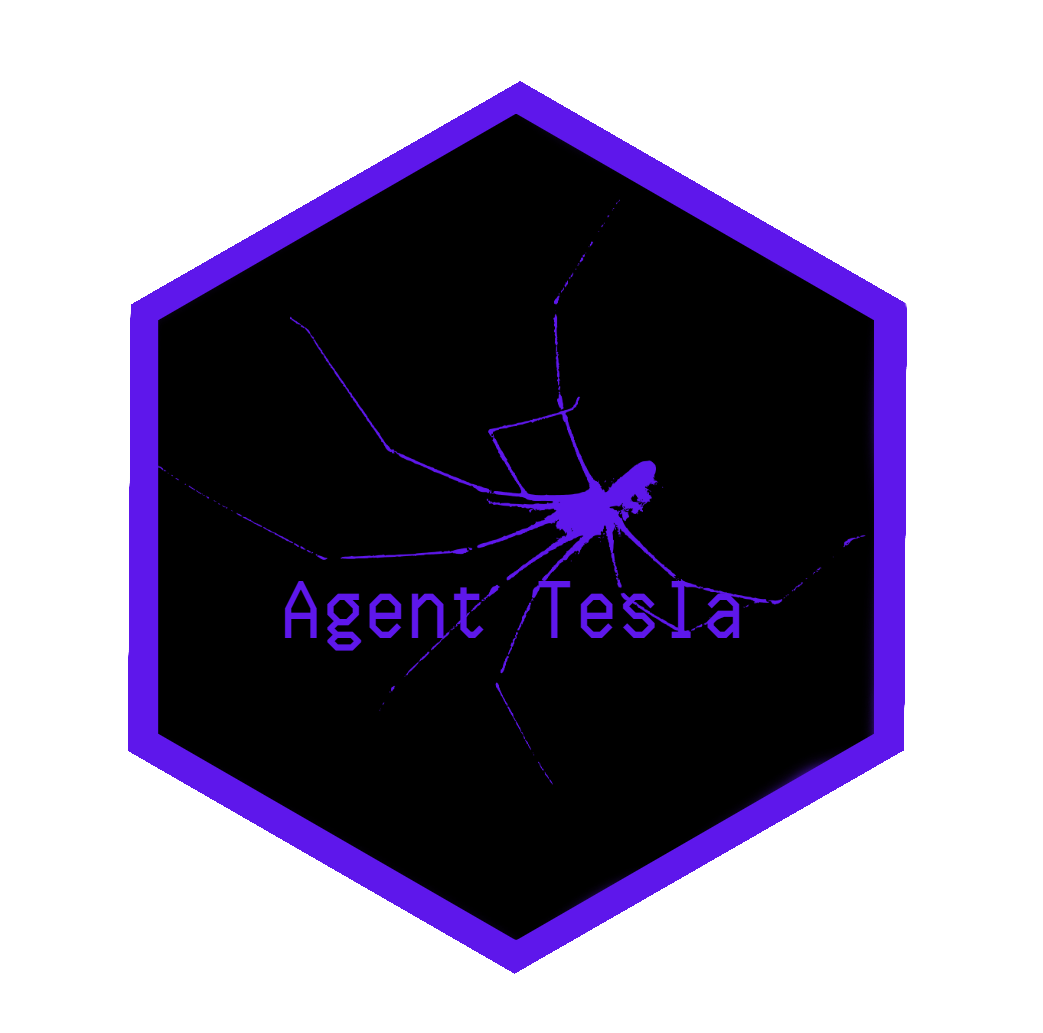Reverse Engineering & Malware Analysis
How does the malware work under the hood? What are the tactics, techniques and procedures used? What IOC’s identify the malware? I will try to answer these questions here

Reverse Engineering njRAT
njRAT, also known as Bladabindi, is a Remote Access Trojan (RAT) which allows the adversary to control the end-user’s computer. It was first found in June 2013 with some variants traced to November 2012. It was made by a hacking organization from different countries called M38dHhM and was often used against targets in the Middle East.

Dynamic Analysis of Agent Tesla
Agent Tesla is a remote access trojan (RAT) written in .NET that has been actively targeting users using Windows. It has been employed in many cyber attacks across different spheres over the years. It was particularly widely utilized during the COVID-19 pandemic.

How to Set Up Your Own Malware Analysis Lab?
Having a dedicated and secure lab environment is essential in malware analysis. A proper lab allows you to investigate suspicious files, monitor their behavior, and develop defense strategies – all without risking your production systems or personal data.
Low-Level Programming
Everything low-level is interesting! Learning how to leverage power of low-level programming languages to discover the rules of the digital world

Building a Memory allocator from Scratch
What would be a better way to learn how memory works on low level than writing a memory allocator? That’s what I thought and during this journey I realised it is a little bit more complicated than it seems.

Writing an AES Encryption Algorithm
Are you interested in how one of the most omnipresent encryption algorithms in the world works on the deepest level? Take a look at my take on writing AES encryption algorithm with 128 bit key and ECB mode
CTF & HTB Write-ups
Experience real-world vulnerability exploitation
Here’s my approach to cracking CTF/HTB machines.

EscapeTwo
Windows AD box Walkthrough
My attempt at cracking a very interesting Active Directory box. A little bit of OSCP experience. Bad configurations in SMB, SQL and AD certificate templates waiting to be exploited!

UnderPass
Linux (Non-seasonal machine)
The UnderPass challenge on HackTheBox focuses on penetration testing, forensics, and gaining root access on a virtual machine. We will utilize reverse shell, enumeration, and privilege escalation to successfully break inside.
Threat Intelligence & Research
Analysing attack patterns, vulnerabilities, and emerging threats to stay ahead in cybersecurity.

How to set up a Splunk SIEM lab on Linux
Splunk is a powerful platform used for log management, security monitoring, and threat detection. It helps security teams collect, analyse, and visualize data from various sources, making it an essential tool for blue teaming and incident response.

Email Header Analysis and Forensics
Email-based attacks are among the most common threats (phishing, spoofing, malware delivery).
How are e-mail messages routed and what techniques do adversaries use to spread malicious content? Learn with me how to read e-mail header information and how to perform simple forensics.

